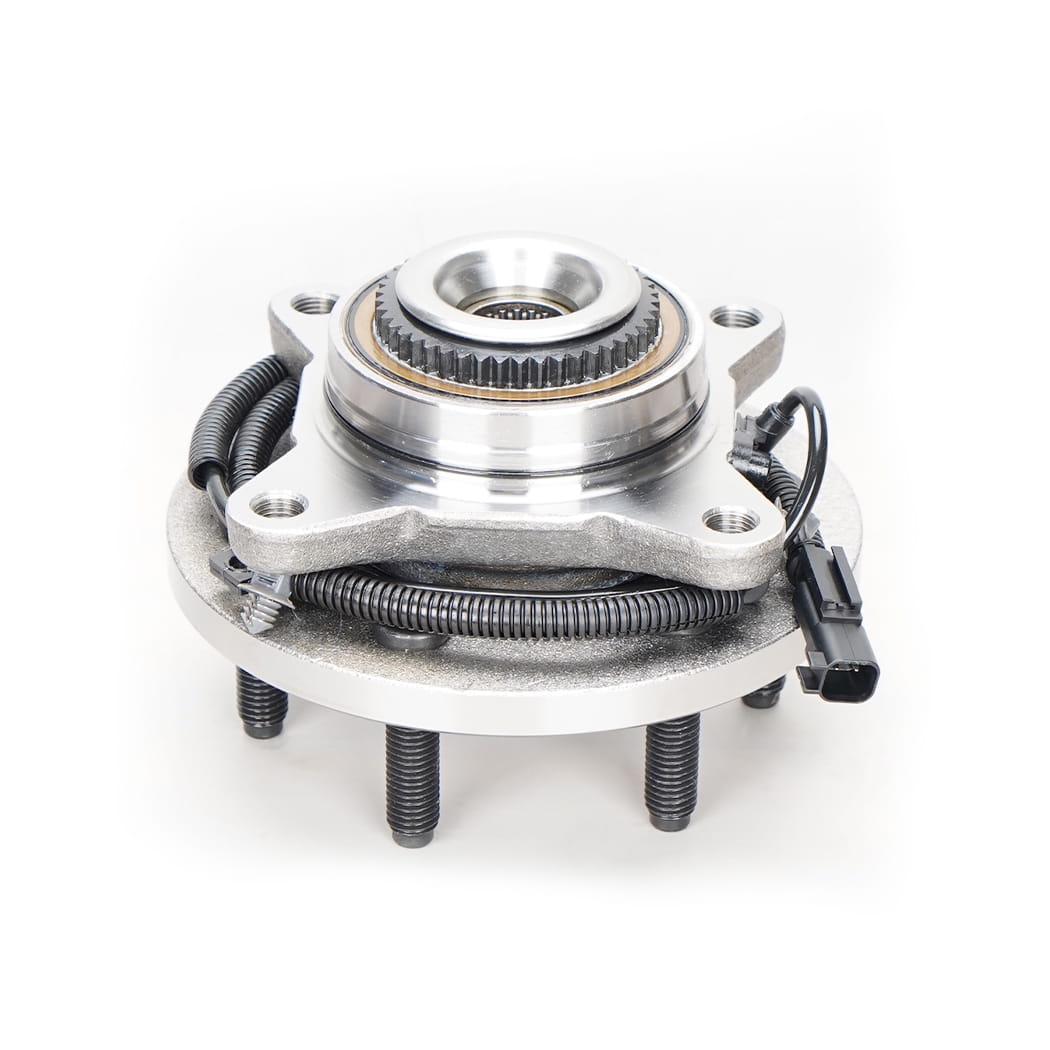Even the most robust components of a car are subject to the relentless forces of physics. The wheel hub assembly, while built for durability, is no exception. Its constant rotation and load-bearing function mean that over time, its internal parts, particularly the bearings, will wear out. Understanding the signs of a failing wheel hub assembly and knowing when to replace it is crucial for both vehicle health and driver safety.
A failing wheel hub assembly often gives clear warning signs, but they can be subtle at first. Being able to identify these symptoms early can save you from more costly repairs—or worse, a dangerous situation on the road.
Noise: This is often the first and most common indicator. You may hear a humming, grinding, growling, or rumbling noise that seems to come from one of the wheels. The sound often gets louder with speed and may change pitch when you turn the steering wheel. A grinding noise, in particular, suggests the bearings are severely worn and metal-on-metal contact is occurring.
Vibration and Looseness: A worn wheel hub assembly can cause a perceptible vibration in the steering wheel or through the floor of the car, especially at higher speeds. You might also feel a looseness or "wobble" in the wheel when you're driving.
ABS Light Activation: As mentioned in the previous article, the wheel hub assembly houses the ABS sensor. If the sensor is damaged or the hub's excessive play affects its signal, the ABS warning light on your dashboard may illuminate, signaling a potential safety system issue.
Uneven Tire Wear: In advanced stages of failure, the excessive play in the hub can cause the wheel to wobble, leading to irregular and uneven tire wear.

Replacing a wheel hub assembly is a common automotive repair. While the process can vary by vehicle make and model, it generally involves removing the wheel, the brake caliper, and the rotor to access the assembly. The old unit is then unbolted from the steering knuckle and replaced with a new one.
For most DIY mechanics, the repair is manageable, but it requires the right tools and a careful hand to ensure proper torque and installation. A professional mechanic can complete the job efficiently, and it's highly recommended if you're not comfortable with this type of work. The cost of a replacement varies depending on the vehicle, but it’s a necessary investment for your safety.
Because the wheel hub assembly is a sealed unit, its components—including the bearings—cannot be serviced individually. This "all-in-one" design, while simplifying installation, means that once any part fails, the entire assembly must be replaced. This is why paying attention to the early warning signs is so important; catching the issue early can prevent further damage to other connected components like brake rotors or the axle shaft.
Ultimately, the longevity of a wheel hub assembly depends on driving conditions and maintenance, but it's an item with a finite lifespan. By being vigilant for the signs of wear, you can ensure your vehicle remains a reliable and safe mode of transportation.